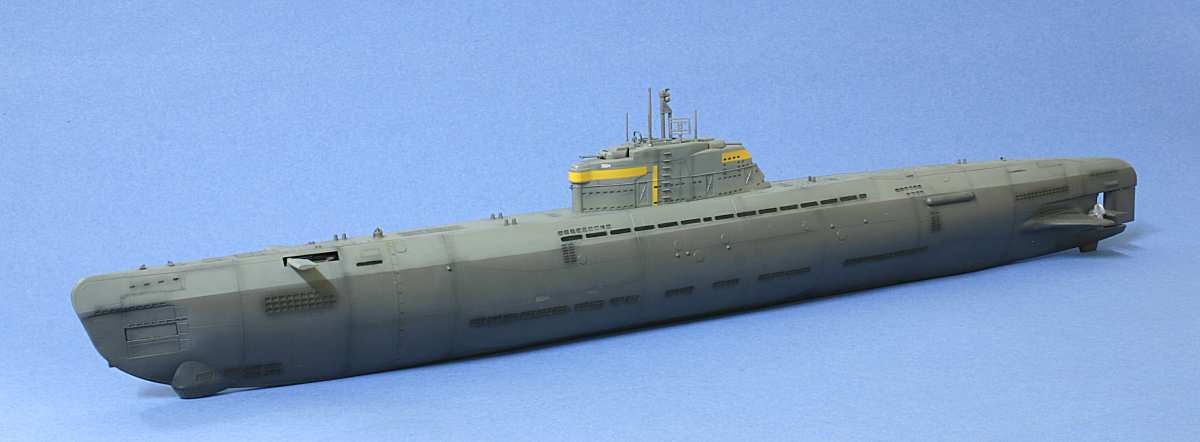

On 22 September, U-9 under the command of Otto Weddigen sank the obsolete British warships HMS Aboukir, HMS Cressy, and HMS Hogue (the " Live Bait Squadron") in a single hour. On 5 September 1914, HMS Pathfinder was sunk by SM U-21, the first ship to have been sunk by a submarine using a self-propelled torpedo. Retired in 1919, she remains on display at the Deutsches Museum in Munich. During that war, the Imperial German Navy used SM U-1 for training. At the start of World War I in 1914, Germany had 48 submarines of 13 classes in service or under construction. The U-19 class of 1912–13 had the first diesel engine installed in a German navy boat. The 50%-larger SM U-2 (commissioned in 1908) had two torpedo tubes. It had a double hull, a Körting kerosene engine, and a single torpedo tube. The Imperial German Navy commissioned it on 14 December 1906. The SM U-1 was a completely redesigned Karp-class submarine and only one was built.

In 1903, the Friedrich Krupp Germaniawerft dockyard in Kiel completed the first fully functional German-built submarine, Forelle, which Krupp sold to Russia during the Russo-Japanese War in April 1904. The boats Nordenfelt I and Nordenfelt II, built to a Nordenfelt design, followed in 1890. Dredging operations in 1887 rediscovered Brandtaucher she was later raised and put on historical display in Germany. Inventor and engineer Wilhelm Bauer had designed this vessel in 1850, and Schweffel and Howaldt constructed it in Kiel. The first submarine built in Germany, the three-man Brandtaucher, sank to the bottom of Kiel Harbor on 1 February 1851 during a test dive. Austro-Hungarian Navy submarines were also known as U-boats. The term is an anglicised version of the German word U-Boot i, a shortening of Unterseeboot (under-sea boat), though the German term refers to any submarine. German submarines also targeted Brazilian merchant ships during both World Wars and, twice over, precipitated Brazil's decision to give up its neutral stance and declare war on Germany. The primary targets of the U-boat campaigns in both wars were the merchant convoys bringing supplies from Canada and other parts of the British Empire, and from the United States, to the United Kingdom and (during the Second World War) to the Soviet Union and the Allied territories in the Mediterranean. Although at times they were efficient fleet weapons against enemy naval warships, they were most effectively used in an economic-warfare role ( commerce raiding) and enforcing a naval blockade against enemy shipping. U-boats were naval submarines operated by Germany, particularly in the First and Second World Wars. U-995, a typical VIIC/41 U-boat on display at the Laboe Naval Memorial JSTOR ( September 2022) ( Learn how and when to remove this template message).

Unsourced material may be challenged and removed. Please help improve this article by adding citations to reliable sources. This article needs additional citations for verification.


 0 kommentar(er)
0 kommentar(er)
